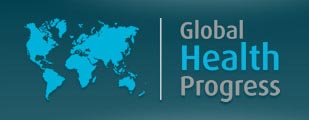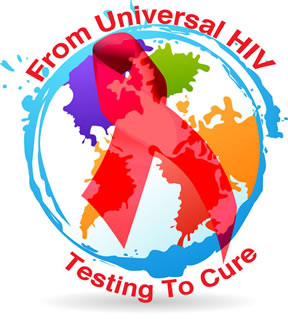LC Sciences, a life sciences company leading the development of innovative microRNA (miRNA) analysis and discovery technologies, announced today the publication of over 250 peer-reviewed studies using the company’s microarray service for analyzing miRNA expression profiles. These studies, by leading researchers in the field, represent significant steps toward realizing these small regulatory RNA’s potential as biomarkers and therapeutic targets.
MiRNAs have proven to be an extremely important part of the gene expression regulation mechanism of a wide variety of cellular processes. This is evident in the amount of relevant findings by LC Sciences’ customers being translated into published reports and the diverse range of study areas that these publications encompass: cancer research, neuroscience, cardiovascular research, reproductive biology, plant science, microbiology, immunology and stem cell research. LC Sciences’ miRNA profiling service, powered by its µParaflo® custom microarray technology, provides quick, reliable, fully analyzed datasets enabling researchers to immediately move forward with groundbreaking research.
The miRNA field is still nascent, and it is advancing rapidly. The race to discovery has produced a continuous stream of new miRNA sequences as well as routine revisions of inaccurate or incomplete sequences. This fluidity has caused many microarrays with static content to fall away and has fueled reports of the wholesale replacement of microarrays by new methods such as RNA-Seq. But the nimble, customizable format of the µParaflo® array has given it staying power, not only by enabling it to keep current with all known miRNAs, but also by making use of data generated by RNA-Seq. These custom arrays have benefited from RNA-sequencing generating novel content that other arrays are unable to capture and take advantage of.
The 250th study, entitled “Wolbachia uses host microRNAs to manipulate host gene expression and facilitate colonization of the dengue vector Aedes aegypti.†appeared in the May 31st issue of PNAS and was one of a group of articles published recently by LC Sciences’ customers describing microarray expression analysis of miRNAs recently discovered through RNA Sequencing.
Via EPR Network
More Healthcare press releases








